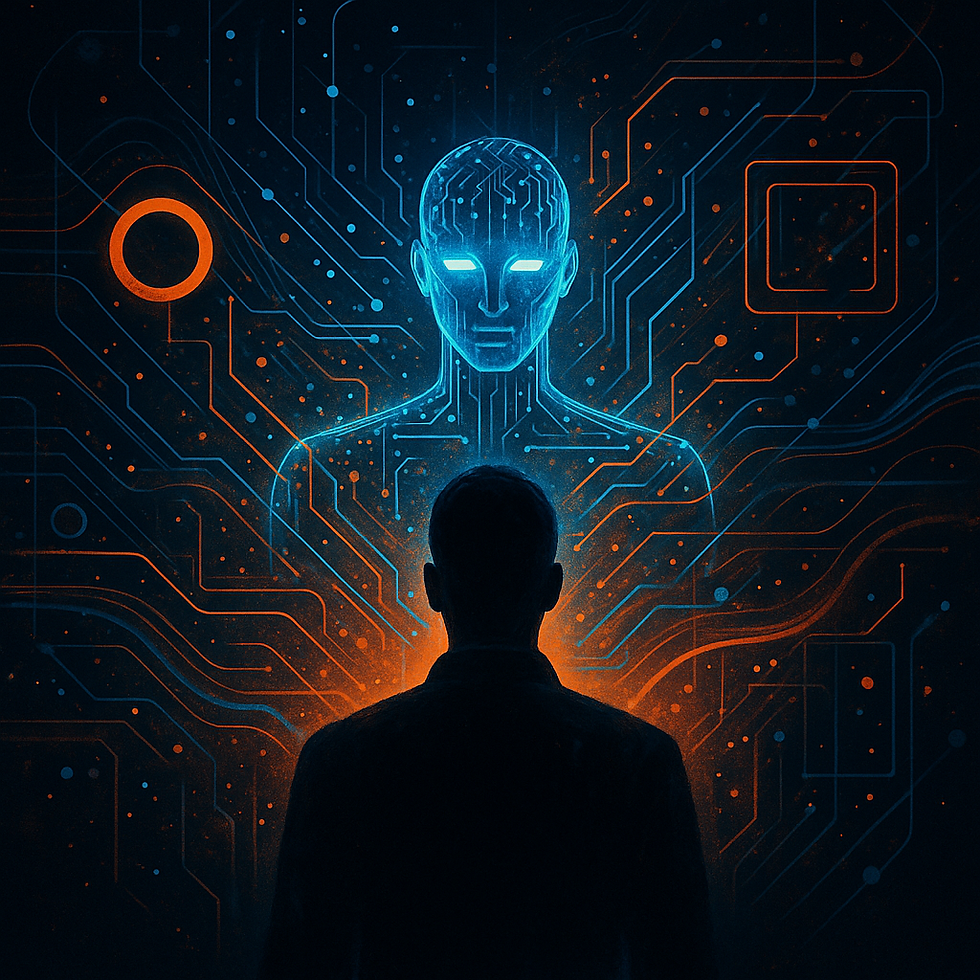
HEALTHCARE, MHEALTH, REGULATIONS
Global UX Research in Medical Technology: International User Research as a Factor for Success
3
MIN
Jul 22, 2025
Global UX Research in Medical Technology: Why now is the right time
The medical technology industry is becoming increasingly global – as are the demands placed on user research. According to Clarivate, geographical expansion and supply chain resilience will be key trends in the medtech sector in 2025 (Source: Clarivate). Large manufacturers are relocating parts of their production and research to regions such as China, India and Latin America – at the same time, expectations for the digital user experience are rising worldwide.
But not all UX is the same: colours, symbols, working methods and expectations differ greatly between markets. This is shown by an analysis of cross-cultural UX design by DianApps, which highlights how elementary design decisions (colours, icons, text flow) can be perceived differently in different cultures (Source: Medium). The same screenshot can appear friendly in Japan, but be perceived as ‘negative’ or unprofessional in Germany. Academic studies also support this finding: web-based user surveys allow for rapid reach, but cultural biases can only be avoided through localised validation.
Standardised questionnaires alone are not sufficient to reach a broad user base.
Business benefits:
Market validity and regulatory certainty: Regulations such as MDR require proof that systems can also be recognised and used in target regions.
Global scaling: Uniform products can be introduced to new markets more quickly with local fine-tuning and data-based evidence.
Risk reduction: Early cultural failures are expensive – they can be avoided through differentiated UX studies.
Global UX research in medical technology: current practice and challenges
According to the IQVIA Institute, global research and development investment in the health sector will increase significantly between 2020 and 2025, particularly in geographically diversified studies (Source: iqvia.com).
Clarkston Consulting cites immersive technologies (VR/AR) and robotics as drivers for globally standardised UX initiatives, as training and interaction are creating new design requirements (Source: Clarkston Consulting).
Deloitte studies emphasise that over 70% of C-level executives in five countries (including Germany, the USA and the UK) want to increase productivity through digitalisation and patient experience by 2025 – and UX concepts are a core element of this (Source: deloitte.com)
This means that UX in medical technology must be thought globally but understood locally.
Typical challenges:
Local regulations, local mentality – e.g. colour symbolism, standard values, form design
Data migration – distortion due to linguistic or cultural misinterpretation – identified through cultural bias in interviews
Technical barriers – in developing countries, devices, bandwidths or end device classes can vary
UX scale reflection – question formats such as SUS or NPS work differently in different cultures – and must be adapted and interpreted
In economic terms, this means that global UX research can shorten time to market, increase acceptance and prevent expensive local rework.
Which UX methods help with global medtech studies?
Core methods:
Context analyses locally on site – observation & semi-structured interviews
Cross-cultural usability testing – with culture-specific heuristics
Agile web surveys – for broad quantitative surveys, validated by local pre-tests
Cultural probes & photo/diary studies – to examine implicit characteristics without writing
These methods ensure differentiated and operationally binding insights into international UX differences.
Why uintent is the ideal partner for global UX research in medtech
uintent combines:
International reach with local expertise – through ReSight Global with UX researchers in seven countries
Operational experience in regulated environments – recruiting, ethics, translation, QoS assurance in accordance with MDR/ISO
Globally scalable methodology – consistent study processes with cultural probes, local moderation and cross-market comparability
Deep understanding of regulatory requirements – e.g. in the areas of risk, compliance and quality management (see document section ‘Reducing risks’)
Technical focus on MedTech UX – no generic applications, but directly effective design East-West translations
💌Not enough? Then read on – in our newsletter.It comes four times a year. Sticks in your mind longer. To subscribe:https://www.uintent.com/newsletter













.png)







